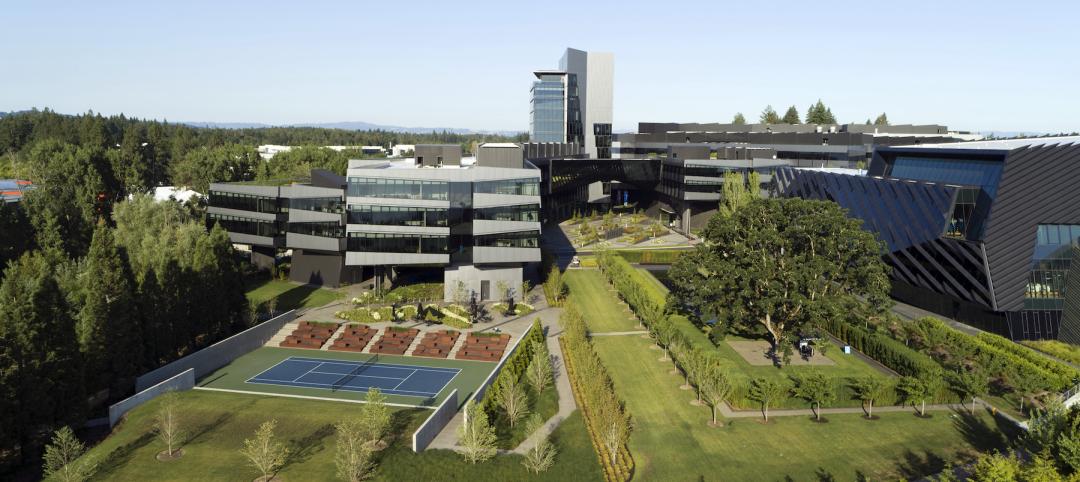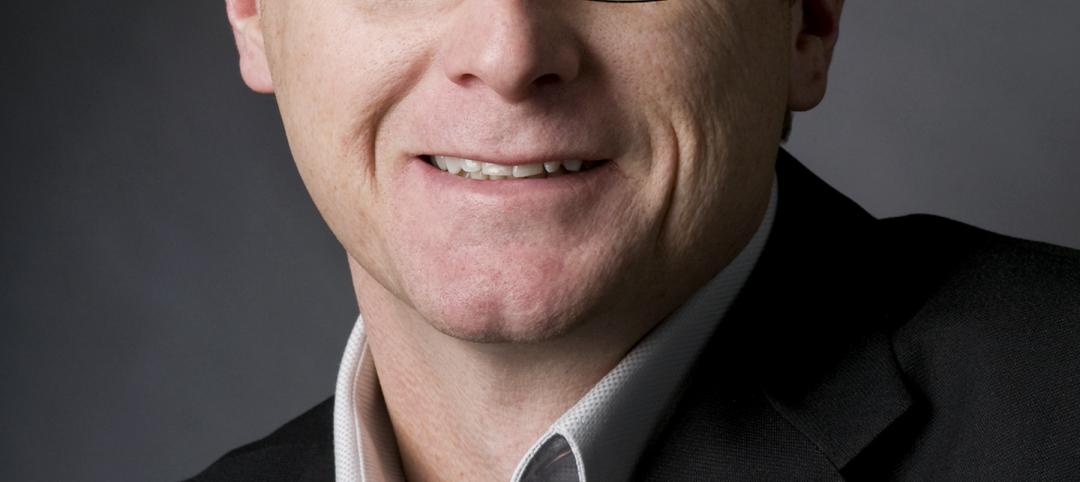The American Concrete Institute (ACI) and Concrete Reinforcing Steel Institute (CRSI) announce the launch of the new Adhesive Anchor Installer Certification program.
In the summer of 2006, a portion of the concrete ceiling of the Central Artery/Tunnel Project in Boston, Mass., also known unofficially as the “Big Dig,” collapsed, killing a motorist and injuring another. The National Transportation Safety Board (NTSB) released its accident report soon after and made recommendations to several parties, including the American Concrete Institute. The recommendation to ACI was to use its “building codes, forums, educational materials, and publications to inform design and construction agencies of the potential for gradual deformation in anchor adhesives under sustained tensile-load applications.”
“As part of the process of adopting the design procedures into the ACI 318 Building Code, it became clear to the ACI 318 Code Committee members that a certification program was imperative for successful installation of these anchors under certain conditions,” explained Neal Anderson, CRSI Vice President of Engineering. “This connection type should be thought of as being similar to a structural weld, in that an adhesive anchorage is usually a key load carrying connection in a structure. As such, proper training and certification is crucial for its proper installation.”
As part of the overall response to the recommendations of the NTSB, ACI has partnered with the Concrete Reinforcing Steel Institute (CRSI) to develop a certification program for Adhesive Anchor Installers. Additionally, Adhesive Anchor Installer Certification is a new requirement in ACI 318-11, Building Code Requirements for Structural Concrete, for anchorages in sustained tension loading conditions and installation orientations from horizontal to vertically upward (overhead). ACI 318-11 was recently released.
To satisfy the new ACI 318-11 certification requirements, the following components of the ACI / CRSI certification program were developed by ACI Committee 601-A and its main oversight body, ACI CPC – Certification Program Committee:
• Development of a 75-question written examination – The exam covers information on adhesive concrete anchor installation in regards to preparing for installation, drilling anchor holes, cleaning anchor holes, injecting adhesive using cartridge systems, installing adhesive capsule systems, and installing anchors. The exam was developed under the direction of Professional Testing Services of Orlando, Fla., in accordance with recognized ANSI guidelines.
• Development of a performance exam – Candidates must be able to read, comprehend, and execute the generic Manufacturer’s Printed Installation Instructions (MPII) for the installation of an anchor in a vertical-down position, and the ability to inject adhesive to the proper depth into simulated holes in an overhead (vertical-up) position with both a rigid applicator tip and flexible stinger end with piston plug in a manner that produces results meeting program requirements.
The performance examination required creation of a generic MPII, representing the combined content of typical MPIIs from the various anchor manufacturers. In working with the Concrete Anchor Manufacturers Association (CAMA), a generic set of installation instructions was developed for use the performance portion of the certification program.
ACI and CRSI completed two pilot programs earlier this year with a total of 35 participants taking both the written and performance examinations. Based on the results of the pilot programs, passing score criteria were finalized for both the written and performance components of the exam.
At the present time, the ACI/CRSI Adhesive Anchor Installer Certification program is going to market in specific geographical areas. Typically, ACI Certification programs are sponsored and conducted by Local Sponsoring Groups (LSGs), which include ACI chapters and other concrete-related businesses and associations around the world. To date, more than 30 LSGs have signed on to prepare and eventually conduct this certification program. Presently, the following groups have undergone the LSG orientation class and are currently positioned to offer the Adhesive Anchor Installer Certification program: ACI Illinois Chapter, ACI Eastern Pennsylvania & Delaware Chapter, and the ACI San Diego International Chapter. Other LSGs are in the process of being oriented into the program mechanics. The phase-in period is expected to be commensurate with the adoption of ACI 318-11 into revised editions of local building codes and/or incorporation of the requirements into project construction documents by licensed design professionals.
As with many of ACI’s certification programs, a training program is currently in development for the Adhesive Anchor Installer Certification program to allow certification candidates to train and study before taking the certification tests.
The training program is expected to be ready by the end of 2011.
A directory of ACI Local Sponsoring Groups that conduct certification testing can be found by visiting the following website: http://www.concrete.org/CERTIFICATION/CERT_SPON.HTM. BD+C
Related Stories
Codes and Standards | Aug 3, 2022
Some climate models underestimate risk of future floods
Commonly used climate models may be significantly underestimating the risk of floods this century, according to a new study by Yale researchers.
| Aug 3, 2022
Designing learning environments to support the future of equitable health care
While the shortage of rural health care practitioners was a concern before the COVID-19 pandemic, the public health crisis has highlighted the importance of health equity in the United States and the desperate need for practitioners help meet the needs of patients in vulnerable rural communities.
Reconstruction & Renovation | Aug 3, 2022
Chicago proposes three options for Soldier Field renovation including domed stadium
The City of Chicago recently announced design concepts for renovations to Soldier Field, the home of the NFL’s Chicago Bears.
Codes and Standards | Aug 2, 2022
New tools help LEED projects reach health goals
The U.S. Green Building Council now offers tools to support the LEED Integrative Process for Health Promotion (IPHP) pilot credit.
Market Data | Aug 2, 2022
Nonresidential construction spending falls 0.5% in June, says ABC
National nonresidential construction spending was down by 0.5% in June, according to an Associated Builders and Contractors analysis of data published today by the U.S. Census Bureau.
K-12 Schools | Aug 1, 2022
Achieving a net-zero K-12 facility is a team effort
Designing a net-zero energy building is always a challenge, but renovating an existing school and applying for grants to make the project happen is another challenge entirely.
Healthcare Facilities | Aug 1, 2022
New Phoenix VA outpatient clinic is one of the largest veteran care facilities in the U.S.
The new Phoenix 32nd Street VA Clinic, spanning roughly 275,000 sf over 15 acres, is one of the largest veteran care facilities in the U.S.
Codes and Standards | Jul 29, 2022
Few projects and properties are being built beyond code
Clients and architects disagree on how well building to code provides resilience, according to a recent report by the American Institute of Architects (AIA) in partnership with Owens Corning.
Headquarters | Jul 29, 2022
Nike HQ’s newest, largest structure: the Serena Williams Building
In Beaverton, Ore., the new Serena Williams Building, at just over 1 million square feet, is the largest structure at Nike World Headquarters.
| Jul 28, 2022
Fanning Howey hires Dennis Bane, AIA, as Project Executive
Fanning Howey, an architecture, interiors and engineering firm specializing in learning environments, has hired Dennis Bane, AIA, ALEP, to serve as a Project Executive for the firm’s Indianapolis office.

















